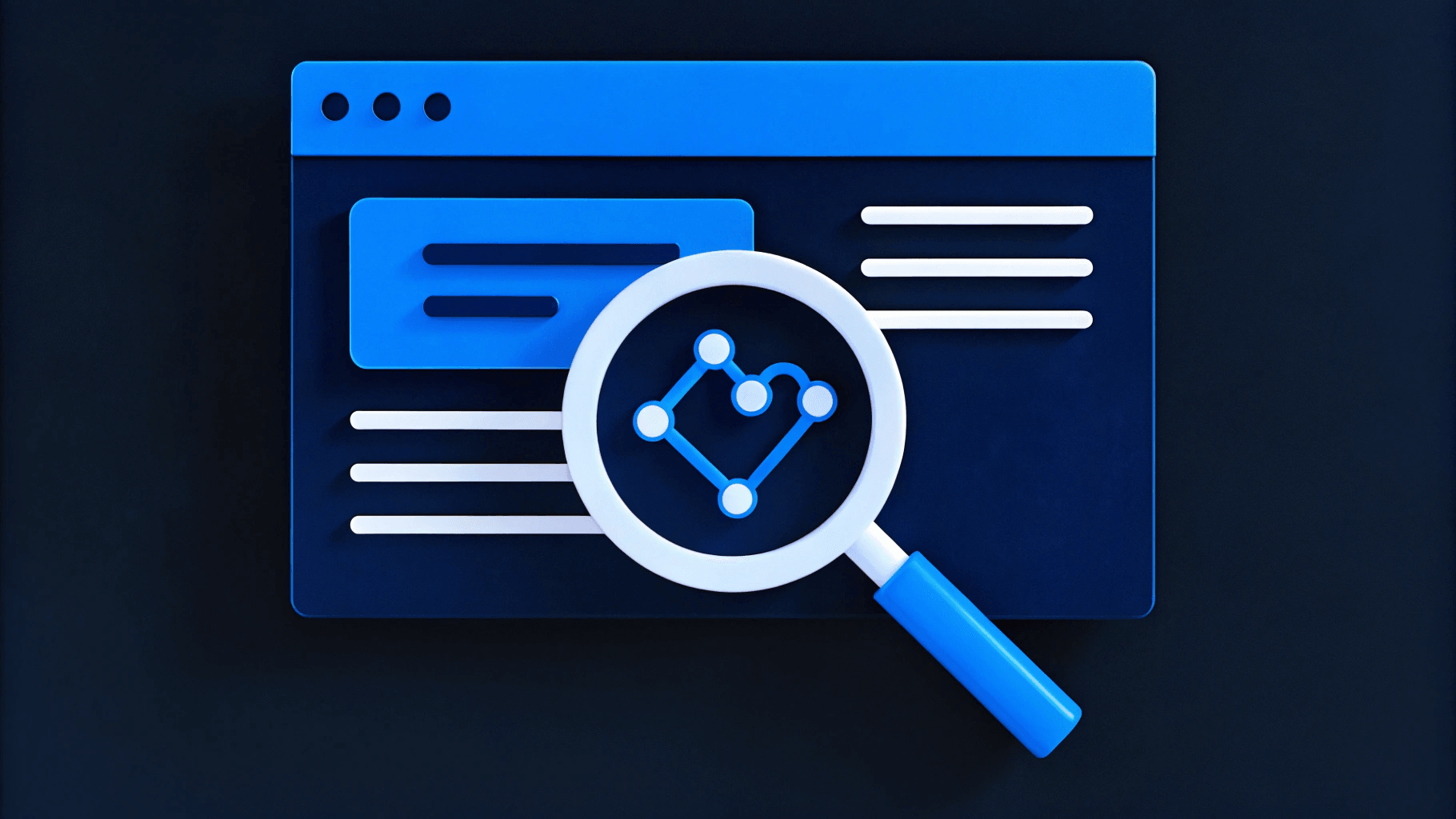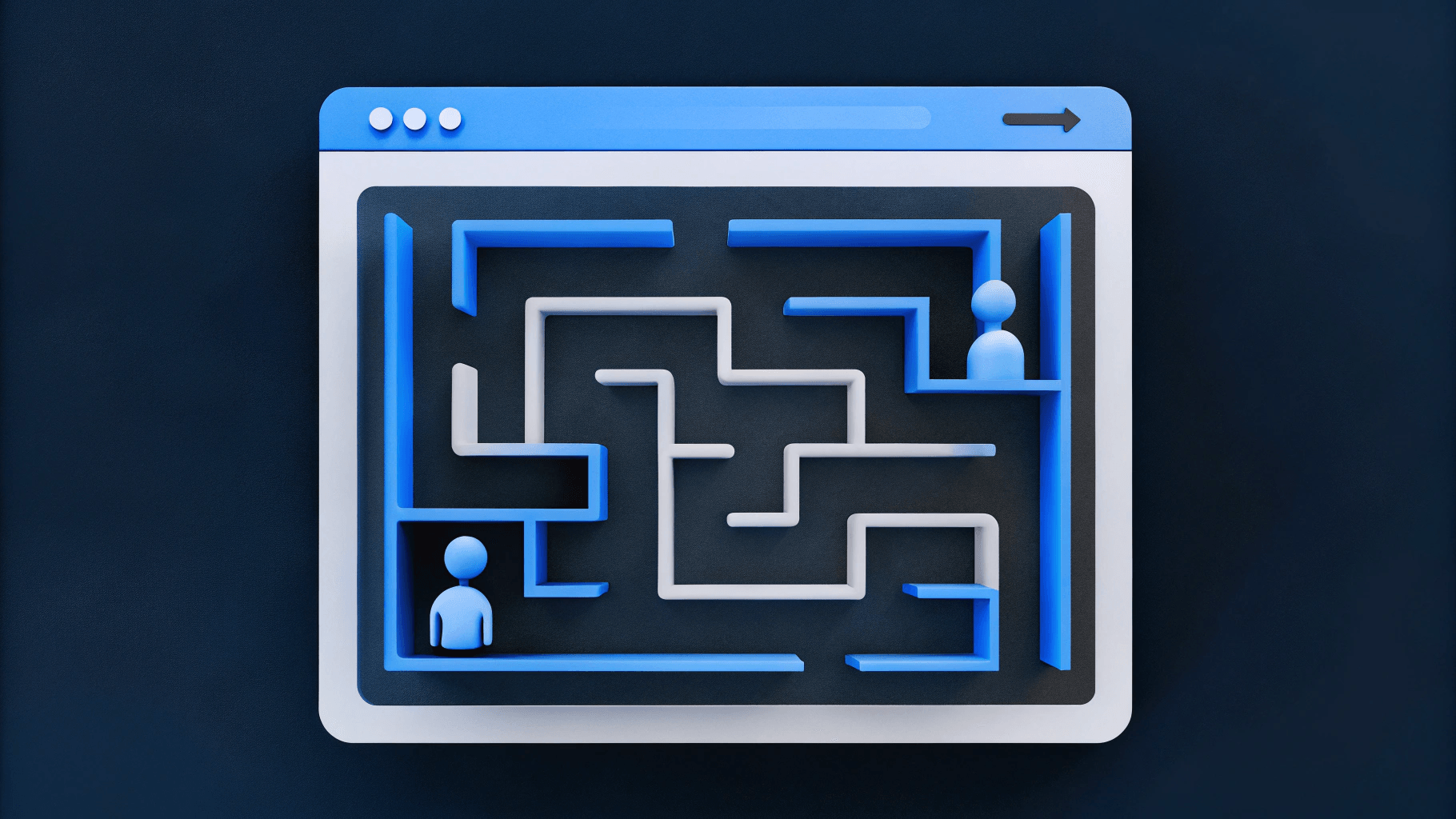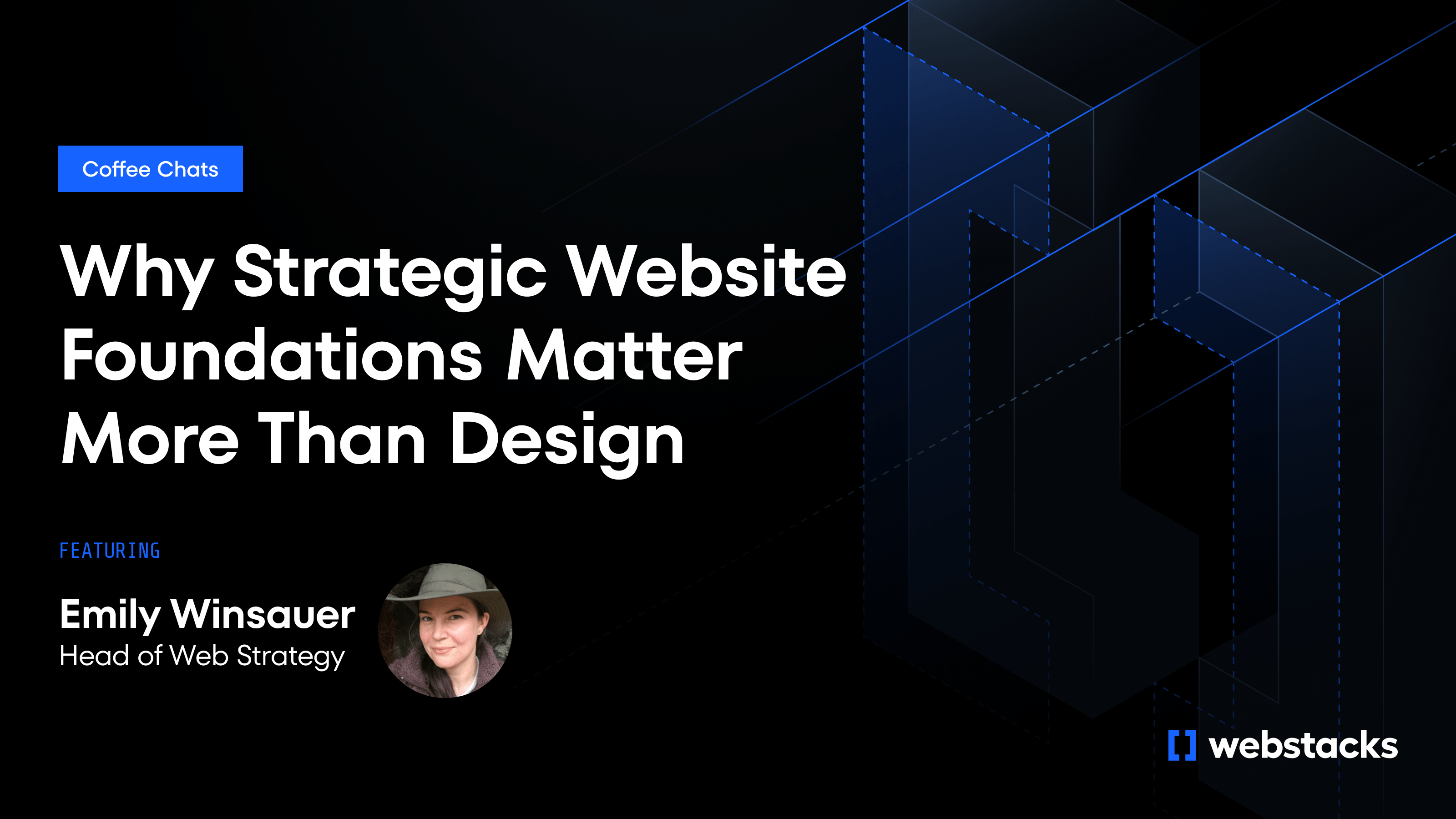Is your website loading slowly? In this guide, we'll explore these ten common causes of slow website performance and provide practical solutions to improve speed and user experience.

1. Unoptimized Images Slowing Down Page Loading
Unoptimized images are often silent culprits behind sluggish page loads, affecting website speed. Large, uncompressed images consume significant bandwidth, causing delays that frustrate users and lead to higher bounce rates, impacting user experience and search engine rankings. Optimizing images can dramatically enhance website performance by reducing file sizes while maintaining quality.
How to Optimize Images for Faster Loading
Optimizing images can greatly enhance your website's performance.
- Start by compressing images to reduce file size without sacrificing quality. Tools like GitHub Image Actions can automate this process.
- Convert images to efficient formats such as WebP or AVIF for better compression and quality.
- Use SVG for vector graphics and MP4 for videos instead of GIFs.
- Implement lazy loading to delay image loading until necessary, and use a Content Delivery Network (CDN) to reduce latency and distribute the load.
Choosing the right tools helps improve your site's performance. Besides GitHub Image Actions, consider services that offer batch processing and format conversion. Lazy loading can be implemented with plugins or scripts for most content management systems.
A CDN reduces load times by caching content closer to users and increases reliability. By optimizing images, you enhance website speed, user engagement, and SEO.
2. Excessive HTTP Requests Impacting Load Times
Too many HTTP requests can slow down your website's load time. Each HTTP request takes time and processing power, which can overwhelm your server and lead to a sluggish user experience. Here’s how you can resolve this issue.
Common sources include multiple scripts and stylesheets, large images, and unnecessary plugins. Each element requires its own request, contributing to slower load times.
Optimize Resources to Reduce HTTP Requests
To reduce HTTP requests:
- Combine Files: Merge CSS and JavaScript files.
- Use CSS Sprites: Combine multiple images into one.
- Eliminate Unnecessary Elements: Remove redundant scripts or plugins.
Enable browser caching so returning visitors can load your site more quickly. Implement server-side caching to store pre-rendered pages and content.
Using a CDN improves load times by distributing content to servers closer to your users, reducing latency and balancing the load effectively. Reducing excessive HTTP requests enhances your website's performance.
3. Poor Server Performance and Hosting Issues
Poor server performance significantly impacts load times, diminishing user experience and lowering search rankings. Inadequate hosting services, such as low-quality or shared servers, often result in slower response times, particularly during high-traffic periods.
If your server is located far from your target audience, latency issues can further exacerbate delays. Additionally, unreliable servers with low uptime contribute to prolonged loading times and reduced site reliability.
Let’s explore how you can resolve this.
- Choose a hosting provider that offers performance optimization services and managed hosting solutions suitable for your needs. Managed hosting often includes regular updates, security patches, and performance monitoring.
- Fine-tune server settings for speed and efficiency. Move render-blocking resources like JavaScript and CSS to the footer and optimize your database for better performance.
- Caching boosts website speed by storing frequently accessed data locally, reducing reloads on repeat visits. Implement browser and server-side caching to improve load times for returning visitors.
- Regular checks help identify issues before they affect user experience. Use monitoring tools and set up alerts to stay informed about server health. Maintaining your server ensures your website remains fast and reliable.

4. Lack of Proper Browser Caching
Browser caching saves copies of static assets like images, CSS, and JavaScript files on a user's device. When users revisit your site, their browser loads these files from the cache, speeding up page load times and reducing bandwidth usage. However, browser caching significantly impacts load times for returning visitors by storing static files locally on a user's device.
But you don’t need to worry because it’s absolutely resolvable.
Issues arise when cache-control headers are not set properly, forcing browsers to fetch fresh copies of resources on every visit.
Implement Proper Browser Caching
- Set Cache-Control Headers: Specify how long a resource should be stored locally.
- Use Caching Plugins: For platforms like WordPress, plugins like WP Super Cache or W3 Total Cache can automate caching.
- Configure Server Settings: Adjust server settings to enable caching for static resources.
Verify caching effectiveness using tools like Google PageSpeed Insights or GTmetrix. Monitor cache hit/miss ratios to ensure resources are served from the cache as intended.
Render-Blocking JavaScript and CSS
Render-blocking JavaScript and CSS can cause frustrating delays for users by requiring full loading before the page can appear. These are files that prevent a web page from rendering efficiently. JavaScript and CSS, often critical resources, must load and process before displaying page content.
If they’re causing delays, here’s what you can do.
- These are files that prevent your web page from rendering efficiently. JavaScript and CSS must load and process before displaying page content.
- Use browser developer tools to analyze scripts loading synchronously. Check CSS files not essential for initial rendering.
- Implement async and defer attributes in <script> tags for non-blocking JavaScript loading.
5. Unoptimized or Excessive Use of Plugins
Plugins extend website functionality. However, unoptimized plugins can slow down your site by adding bulk to the code and increasing server requests. Outdated or poorly coded plugins can lead to conflicts and performance issues.
Want to resolve this issue? Follow the steps below.
Identify Excessive Plugin Usage
Signs include extended load times, frequent crashes, or conflicts. Conduct regular audits to assess necessity and impact on performance.
Optimize Plugin Usage
- Audit Plugins Regularly: Deactivate plugins to see if load times improve.
- Find Lightweight Alternatives: Explore lightweight options for essential functionalities.
- Update and Maintain Plugins: Keep all plugins up-to-date.
- Implement Caching Solutions: Use caching plugins to reduce server load and improve load times.
Limit plugins to those necessary. Choose reputable plugins with good reviews and regular updates. Regularly review each plugin’s performance.
6. Not Using a Content Delivery Network (CDN)
A Content Delivery Network (CDN) enhances website performance by reducing the distance between your server and users. It distributes your website's content across servers worldwide, reducing latency and improving load times. Content is delivered from the nearest server to the user, speeding up the loading process.
Want to start using a CDN? Explore the steps.
- Assess Your Needs: Determine the content to distribute and regions to cover.
- Select a CDN Provider: Choose based on requirements and budget.
- Set Up Your CDN: Follow provider guidelines for integration.
Choose the Right CDN Provider
Consider factors like global reach, cost, customer support, and features like DDoS protection. Popular providers include Cloudflare, Akamai, and Amazon CloudFront.
Configure your CDN to cache static resources effectively. Enable security features and update configurations regularly.
Regular monitoring ensures efficient content delivery. Use analytics tools to track performance and make necessary adjustments.
7. Unminified CSS, JavaScript, and HTML
Uncompressed resources can slow down load times. Minifying CSS, JavaScript, and HTML files reduces unnecessary characters, lowering file sizes and improving website performance. This minification enhances speed by reducing file sizes.
Here’s how you can do it.
- CSS: Use tools like CSSNano, combine files, and leverage build tools.
- JavaScript: Use tools like UglifyJS, implement code-splitting, and remove unnecessary code.
- HTML: Use tools like HTMLMinifier and automate the process.
Slow Database Queries
Inefficient data retrieval, large and complex queries, and inadequate database design often cause slow queries. Slow database queries can impact load times, particularly on content-rich sites.
Let’s resolve this issue for you.
- Look for long execution times and high resource usage in query logs. Use monitoring tools to pinpoint problematic queries.
- Simplify complex queries, avoid fetching unnecessary data, and implement query caching.
- Create indexes on frequently used columns to reduce query response times. Regularly update these indexes.
- Continuous monitoring and routine maintenance ensure optimal performance. Use automated tools for proactive management.
8. Outdated CMS or Website Software
Outdated software lacks performance optimizations and security patches, leading to slower loading times and potential breaches. So an outdated software can hamper performance and expose your site to security vulnerabilities.
Want to make sure your CMS isn’t outdated? Let’s do it.
Identifying Outdated CMS or Software
Check CMS dashboards for update notifications, use tools like VersionEye, and audit your site for unsupported components.
Update Your CMS or Website Software
Regularly update your CMS and associated software, following guidelines and ensuring compatibility.
Schedule regular update checks, employ automated tools, and stay informed about the latest updates and patches.
By addressing these factors, you ensure your website remains fast, secure, and competitive, providing a better experience for your users.

Ready to Speed Up Your Website?
By understanding and addressing these common causes of slow website performance, you can enhance user experience, reduce bounce rates, and maintain a competitive digital presence. Don't let sluggish load times deter potential customers. Ready to optimize your SaaS website structure for growth?
See the Webstacks difference: Schedule a brief discovery call today. Let us help you create a website that drives results.




